All Things Conversion
Rate Optimization
What is conversion rate optimization?
Conversion rate optimization is a process that helps you increase the percentage of website visitors who perform a desired action on your website. Simply put, with conversion rate optimization (CRO), you can boost the share of visitors who make a purchase with you. It could be a signup on your landing page, a white paper download, or an actual product purchase on your ecommerce site.
Before jumping into the vast topic that is CRO, let's get familiarized with some basic terms.
What is a conversion?
A conversion is simply when your lead completes a goal you've set for them. For instance, when sending out email invites for a webinar, conversion can mean the subscriber registering for your session. For events, it could be an attendee dropping by your booth after seeing your brochure in the event kit. In website terms, a conversion is when a visitor takes an action that you want them to take on your site. What accounts for a successful conversion changes as the visitor familiarizes themselves with your business and depending upon how deep they are in your conversion funnel. We'll talk more about conversion funnels in a bit.
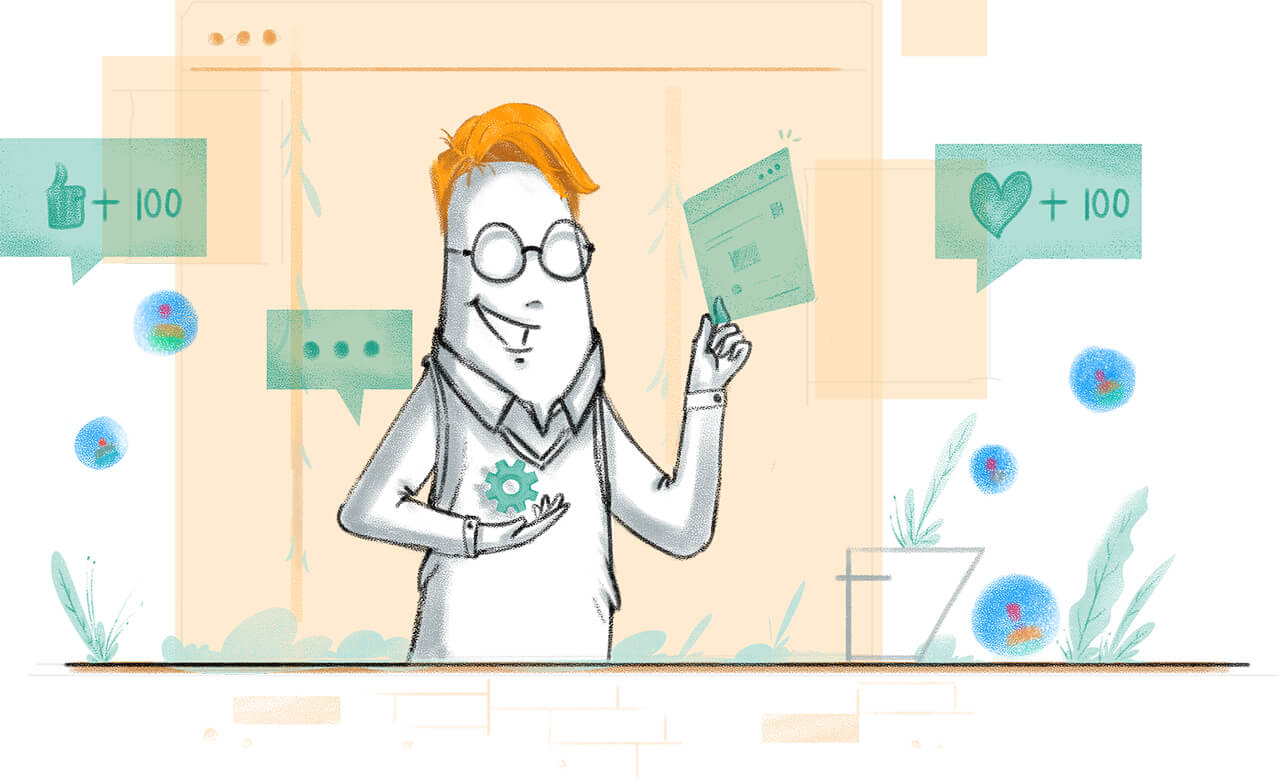
Another important thing to look at are your macro and micro conversions—the primary and secondary actions you want visitors to take on your website.
Examples of macro-conversions:
- Purchasing a product from your site
- Registering for your event
- Subscribing to your product/service
Examples of micro-conversions:
- Signing up for email lists
- Downloading a pdf
- Adding an item to the cart
What is conversion rate?
Conversion rate is the percentage of visitors who complete a goal out of the total visitors your site gets.

Having a high conversion rate indicates that your marketing efforts are fruitful and people are interested in what you have to offer.
What is a good conversion rate? According to recent surveys, the average conversion rate for SaaS business is between 3-5% (and a good conversion rate is around 7-8%), while it's only 2.86% for an ecommerce business. We can only give a ballpark figure as the conversion rate varies from one industry to another. You have to define your goals, measure your conversion rate, and map it with the industry (you cater to) standard.
- Your website or landing page doesn't resonate with your audience
- Something on your site (design, content, offer) is stopping your visitors from completing a goal
If your conversion rate is not up to the industry standard, it could mean:
This is exactly when you will need to focus on conversion rate optimization.
Benefits of CRO
- Improve customer insights to build better user personas
- Lower customer acquisition cost (CAC)
- Maximize profits from current traffic
- Shorten lead-to-purchase time
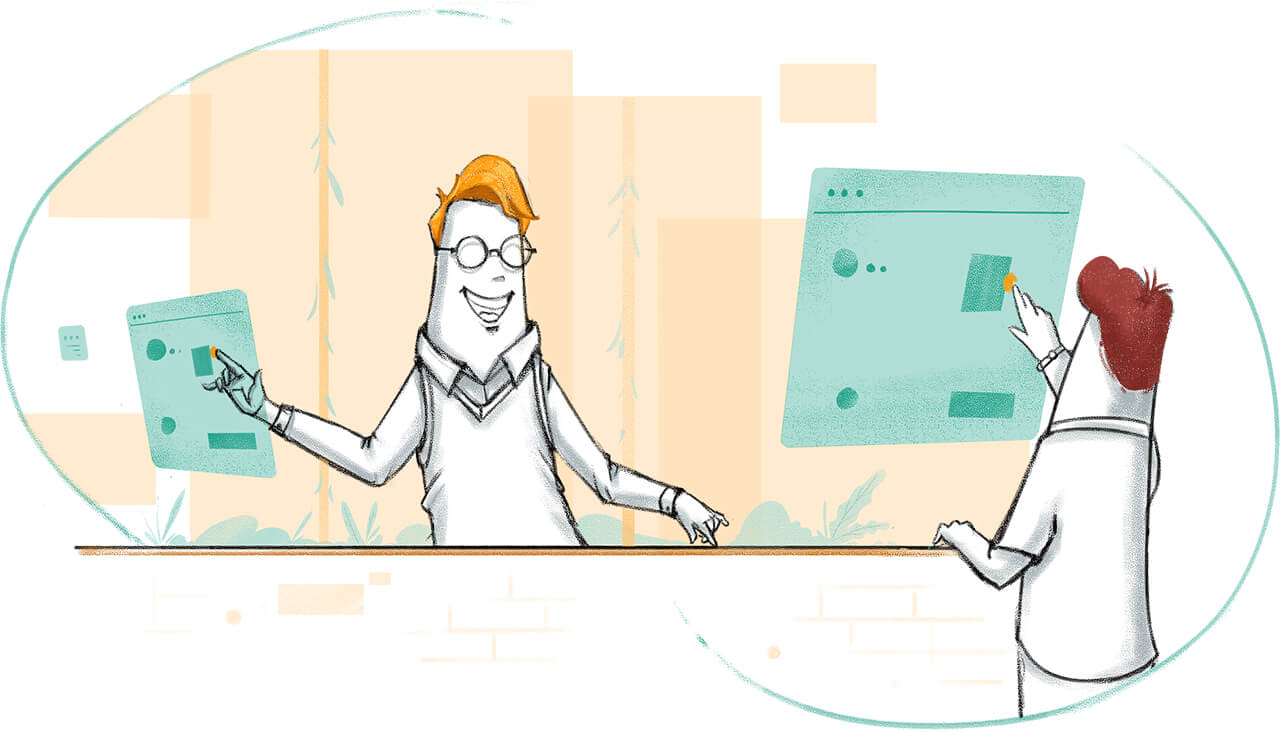
Improve customer insights
Conversion rate optimization measures your visitor's pulse—what they like on your website and what sections drive them away, but, most importantly, what kind of website experience motivates them to convert. Make a note these observations. Over time, you'll notice distinct browsing patterns that tie each audience segment together, a common behavior that leads to conversions or the lack of thereof.
Use this information to update your customer personas regularly. With each update, you'll tweak the marketing strategy for the personas—delivering messaging that fits their needs. In the long term, you'll be able to optimize your website to bring in the right kind of visitors: the ones that have a higher chance of converting.

Lower customer acquisition cost (CAC)
Imagine you're spending $1000 to bring in 100 visitors to your website, out of which 20 convert. Your customer acquisition cost will be $50.
By optimizing your website, while you still might be spending $1000 to bring in 100 visitors, you might end up converting at least 40 of them. You will have acquired each customer at $25—cutting your CAC down by 50%.
In simpler terms: doubling your conversion rate means halving your cost-per-acquisition (CPA), or how much each new customer costs you.
Maximize profits from current traffic
In theory, profit is your revenue minus the cost of selling your service. When you make CRO part of your business, you've primed your website for catering to the right audience, consequently raking in more conversions and boosting your revenue.
This means you'll incur the same costs while disproportionately upscaling your profits.
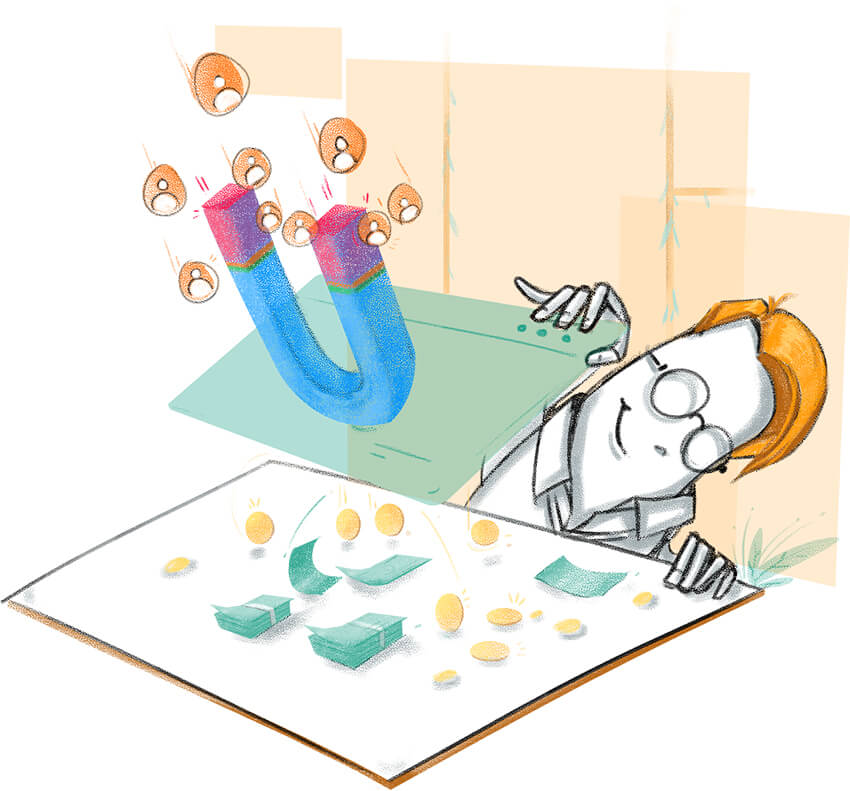
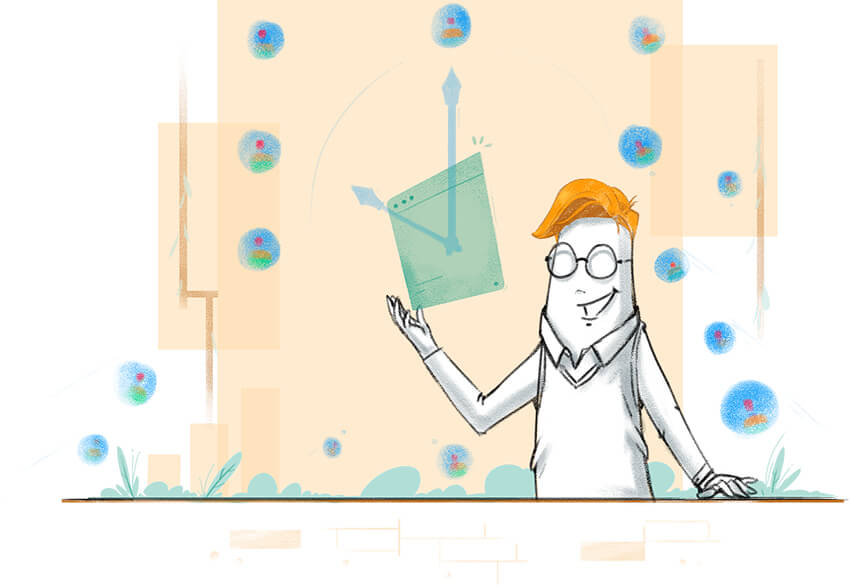
Shorten lead-to-purchase time
Through ongoing iterations that boost conversions, you are essentially placing intuitive triggers throughout the website that nudge visitors towards conversion.
By making your website audience-friendly and sales-worthy, the time it takes for a visitor to convert is reduced. Monitor the time spent on the page and the conversion rate over time to quantify this relationship.
Once you get all your site’s elements working together towards a cohesive goal, you’ll find your sales improving and your overall return on investment growing as well.
What can you optimize?
Imagine you're running an online education platform. You spend thousands of dollars in advertisements and drive people to your website. Let's say person "A" comes to your site, browses the courses you offer, picks a course that matches their interest, pays for it, and joins the course. Meanwhile, person "B" just browses and leaves the site.
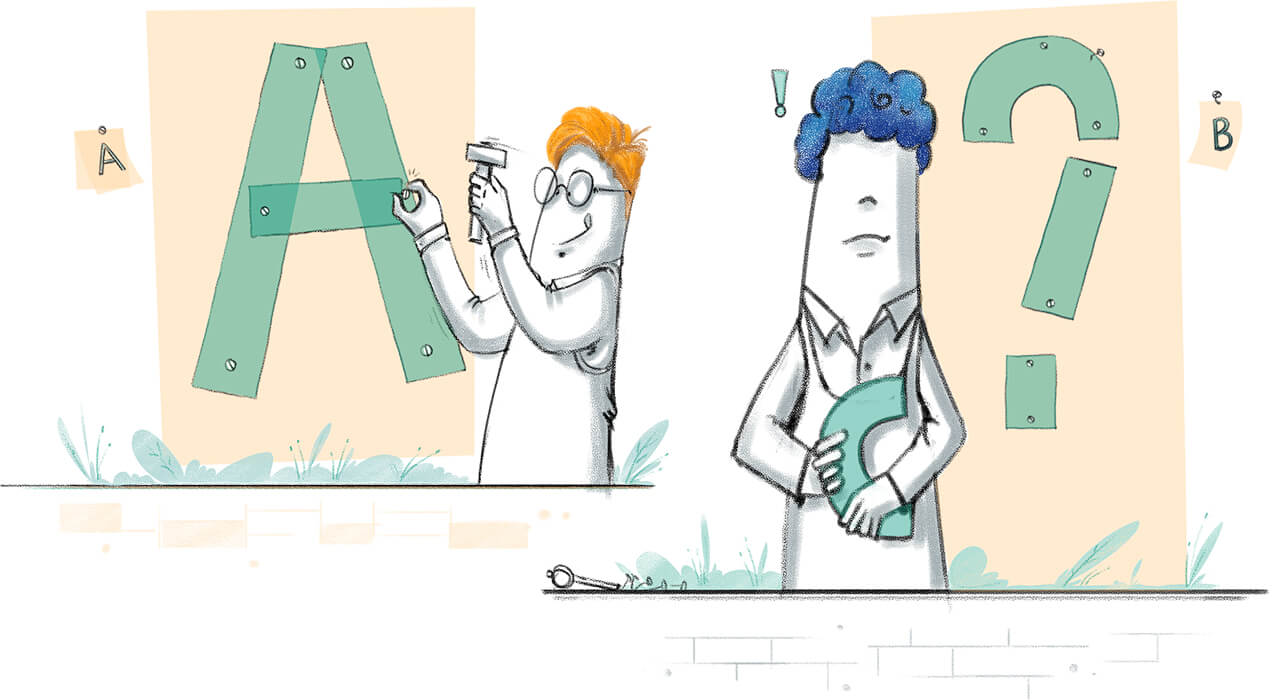
This is exactly what a conversion funnel is. Here, person A has to go through four steps before becoming your customer: Landing page>course catalog page>purchase page>course page. And person B leaves the site after the second step. This is called a funnel leak, and the leaks at each step are opportunities for optimizing conversions.
However, there are some leaks that you can't address right away: your visitor wants cheaper pricing, doesn't want your product, or wants more functionalities that you don't offer, and they decide to take their business to a competitor. Handling these leaks needs to be a combined, long-term, and sustainable effort.
Here are website leaks you can fix
Check and optimize for these usability issues
- CSS breakage
- Rendering issues across platforms and browsers
- A website that isn't responsive
- Slow loading time
- Form submission errors
Fine-tune the UX
- Reduce interruptions that might disrupt the visitor's journey
- Remove redundant clicks and interactions that increase the lead conversion time
- Optimize pop-ups, banners, polls, and notifications to be more informative than intrusive
How do you identify these leaks and find areas for improvement?
For this, you've got to first identify the best conversion optimization tool that can give you both quantitative and qualitative website data. A CRO tool will help you identify where visitors drop off in your conversion funnel, see how they interact with every element on your site, find usability issues that deter visitors from converting, and optimize the site for an improved user experience.
CRO roadmap
Best practices to create the perfect CRO strategy for your business
Optimizing your conversion funnel and getting results just once isn't the end of the road. Conversion rate optimization is an iterative process where every cycle further narrows the funnel leaks. So, your aim should be developing a long-term strategy that is scalable, dynamic, and data-driven.
Step 1: Define business goals
Goals are the actions you want visitors to perform on your website. Like we discussed earlier, you can have micro and macro conversion goals based on what your business is, who your target audience is, and what you are trying to accomplish with your website.
Step 2: Conduct quantitative analysis
Track important website metrics like the conversion rate, the number of visitors (both new and returning), the source from which they come to your site, the pages they navigate, high converting pages, pages with more bounces, and so on.
Step 3: Conduct qualitative analysis
Once you have your visitor data, learn why visitors interact the way they do. Collect feedback from them by running onsite polls and surveys. You can also use website heatmaps and session recording to see how visitors engage with your website and what stops them from making a purchase with you.
Step 4: Develop a hypothesis
Build a hypothesis that is grounded in the data you gathered from steps 2 and 3. Your hypothesis should solve a quantifiable problem—one that will eventually help you secure your business goal from step 1.
Step 5: Run a test
Depending on your hypothesis, run an A/B test. MMake sure you run it for at least two business cycles (roughly two weeks) and have sufficient visitors to reach statistical significance. If you're confused about which elements to test, here are some A/B test ideas to get you started.
Step 6: Gather insight from results
Don't expect a double-digit conversion lift in your tests overnight. Remember, it's about sustained growth over time. You probably won't get a huge lift unless your original was an outdated page with poor UX and the treatment is a slick, new one.
Inconclusive or not, segment your reports to find how each audience segment is responding to your test. You can carry this knowledge into the next CRO cycle and use it across multiple marketing campaigns.
Step 7: Rinse and repeat
Consistency is the most crucial aspect of CRO. Your optimization strategy should grow and transform with your business. Not accounting for past insights in subsequent CRO cycles can give you false positive results. Build an evidence-based approach over time to create a more robust and comprehensive CRO strategy.
Hear from a CRO expert the steps to creating a conversion optimization strategy that gives sustainable and repeatable results:
If you are new to CRO, we have some easy-to-follow CRO best practices that will help you get started.